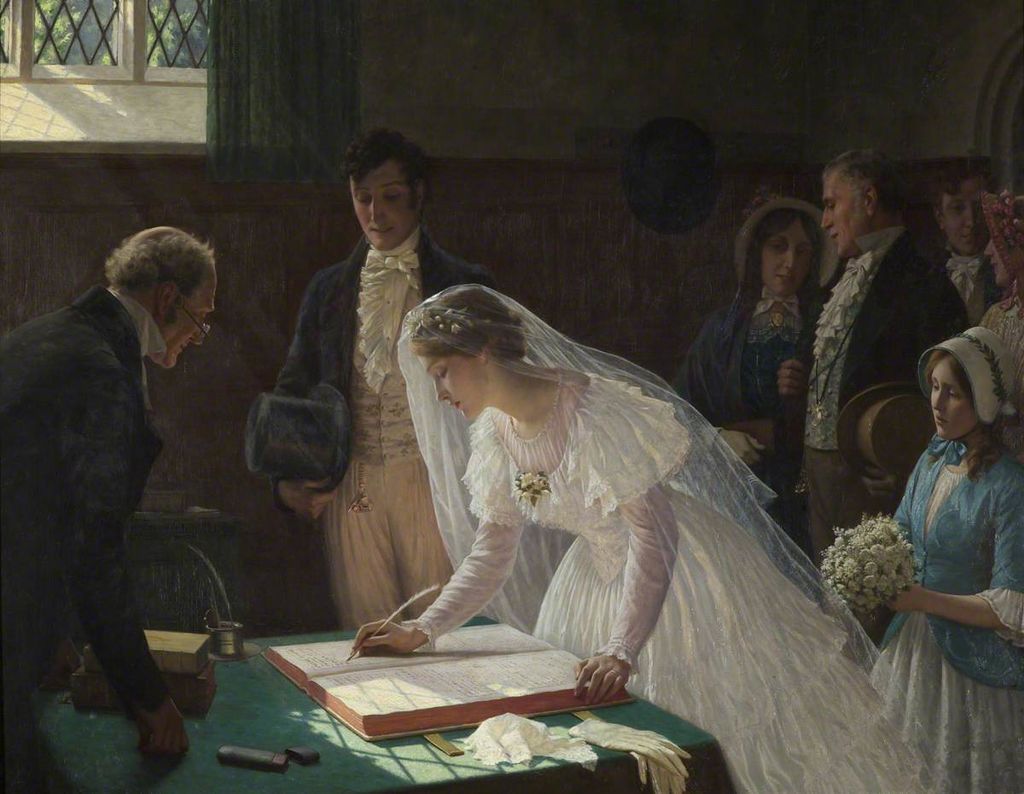Parish Registers
Norwegian ministers started the registration of births/christenings, engagements/marriages and deaths/burials in the 17th century.
The oldest parish register, or kirkebok (church record), that is kept, is from Andebu dated 1623. From around 1720 parish registers became more frequent and detailed in more and more parishes.
In 1812 the first set registers were made, and the ministers got a norm to follow when filling in the information. These registers were improved in 1820 and 1877.
Birth, marriage and burial
Registers about newborns include for example:
- the name
- christening date
- name and occupation of parents
- names of godparents
- There was one section each for boys and girls
Records about married couples include for example:
- names
- engagement dates
- marriage dates
- occupation
- age
- residence or home parish of the groom
- their father’s names (sometimes also their mother’s names)
Wedding information is commonly found in the parish registers from the home parish of the bride.
Burial records include for example:
- names
- dates
- age
- occupation
- residence
Sometimes special notes are made about certain events, accidents etc. The parish clerk normally kept a separate register with similar information and where parish registers have been lost, information can be found in hisklokkerbok.
Additional information
Parish registers also have sections for:
- immigrants and emigrants to and from the parish
- lists of confirmed teenagers
- vaccinations
- records of people not belonging to the lutheran church and their births, marriages and deaths (kept in the parish registers up to around 1930)
Where to find the registers
The original parish registers are usually kept with the local church until 80 years after the last entry, until they are deposited with the regional state archives. All Norwegian parish registers up the 1930s that are deposited with the regional state archives, are scanned and available on the Digital Archives.
Restrictions
The information in parish registers is restricted for use. Read more about this on our website.
Important to know
Information can vary from parish to parish and over time. Unfortunally much information is often missing. Please note that the old parish registers are written in gothic style handwriting and that the ministers’ handwriting often can be very difficult to decipher.

